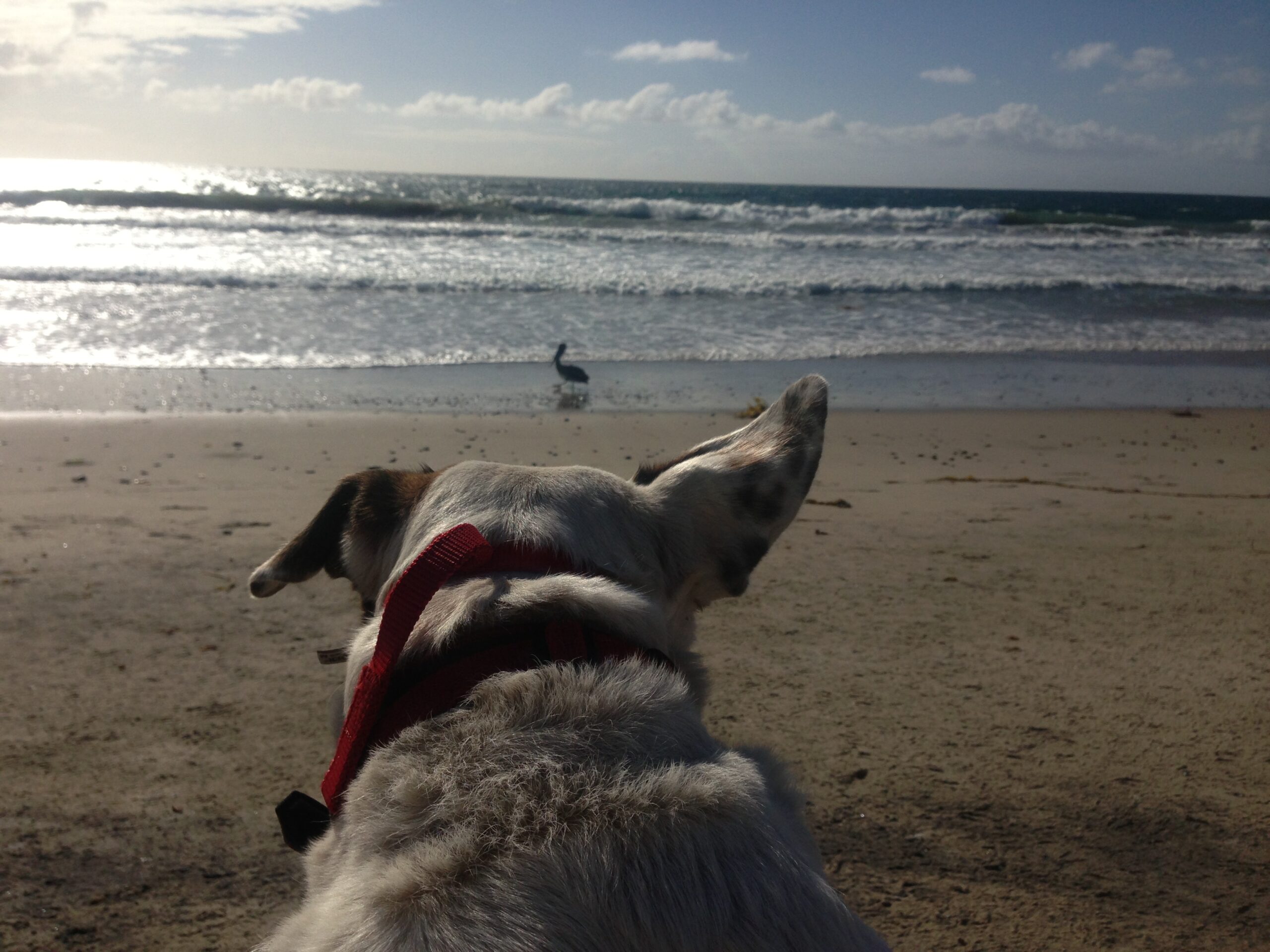Barks Blog
Does Your Dog Think You’re Management Material?

When you hear the word management, I bet you aren’t thinking about your dog. But I and many of my training colleagues work hard every day to change that. Most people think of management as planning, organizing, leading and directing. Every one of these words describes the type of management you use with your dog as well.
Management is a key component to dog training which is often overlooked. We are so focused on teaching our dogs specific behaviors like “sit,” “stay” or “come” that we forget about the environment around us and how it directly affects our dog’s ability to respond to our cues.
If a dog is too stressed or uncomfortable in a certain situation, she may not feel safe enough to sit or lie down. We often see this in veterinary waiting rooms where pets are nervous and uncertain about what’s going to happen to them. Instead of repeating “Sit! Sit! Sit down!” to your dog in a harsh, irritated tone, it would be better to manage the situation. This might mean moving farther away from other people and dogs to a quiet corner where your dog can focus better on you. It could be deciding to wait in your car with your dog until the vet staff is ready for you. You could request an appointment time when there will be fewer people and pets in the waiting room. This is usually first thing in the morning, right before lunch or at the end of the day.

Management happens at home, too. When you bring a new puppy (or any new dog) into your home, management is key to everyone’s safety and happiness. Without a plan in place everyone is set up for failure right from the beginning. You wouldn’t think twice about baby proofing prior to bringing home a small child, so why is puppy proofing any different? In both scenarios, it’s common sense to place items out of reach and secure breakables. Remember, management is prevention and prevention is always better than having to repair or replace something.
I often receive calls or emails from dog guardians asking for my help with their “out of control” dog who is barking incessantly at the mailman, UPS truck or other dogs outside the window. While I am more than happy to assist them with changing their dogs’ behavior with systematic desensitization and counterconditioning, many people light up when I explain they could try managing the situation. This might mean using window coverings or frosted glass. They could move their furniture so the dog can’t access the window. If they know what time of day the mail carrier comes, they could have the dog occupied in another room with a yummy treat or toy at that time. Even if they choose to do the work necessary to change their dog’s barking behavior, we would still implement these or other management solutions as part of the training protocol. This is because you must prevent the unwanted behavior from being practiced and reinforced in order to have success with teaching the new behavior.
Management doesn’t make you a lazy trainer. It doesn’t mean you stop teaching your dog basic behaviors and good manners. It simply means you understand that planning, organizing and directing are useful and necessary tools in your training toolbox.
Management is not failure. On the contrary, it shows you are thinking ahead and planning for what could happen. Taking preventative measures to keep everyone safe and happy is the mark of an excellent trainer and pet parent!

